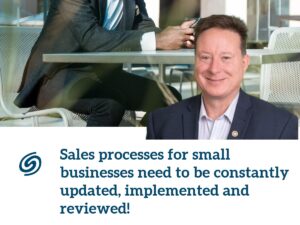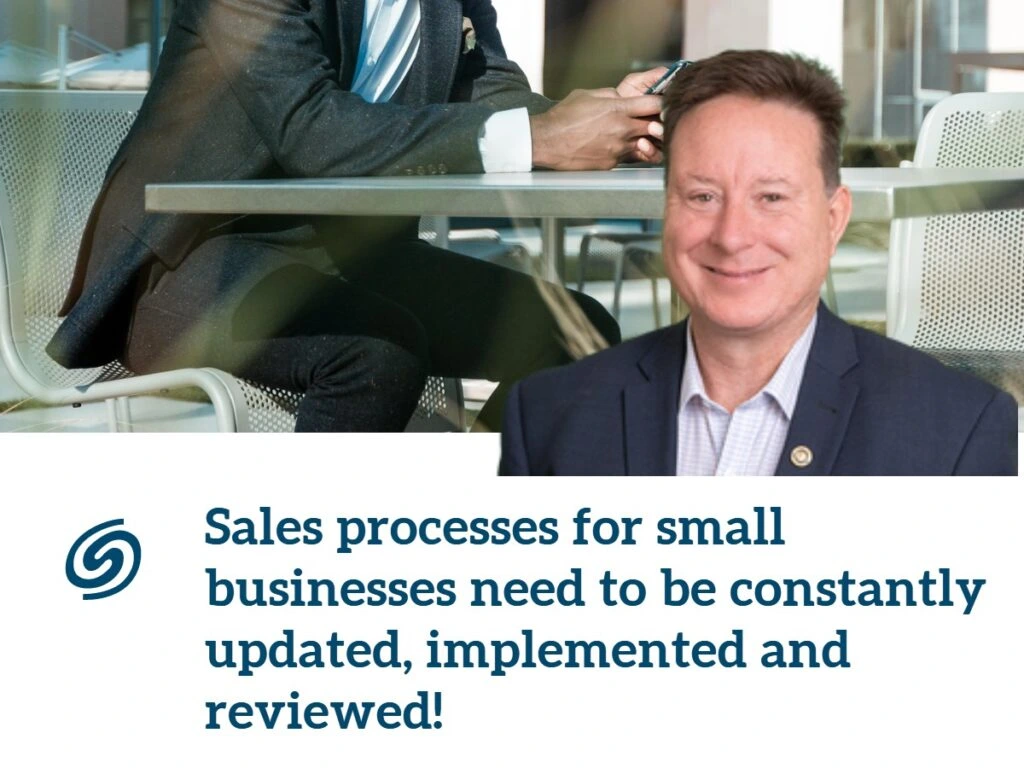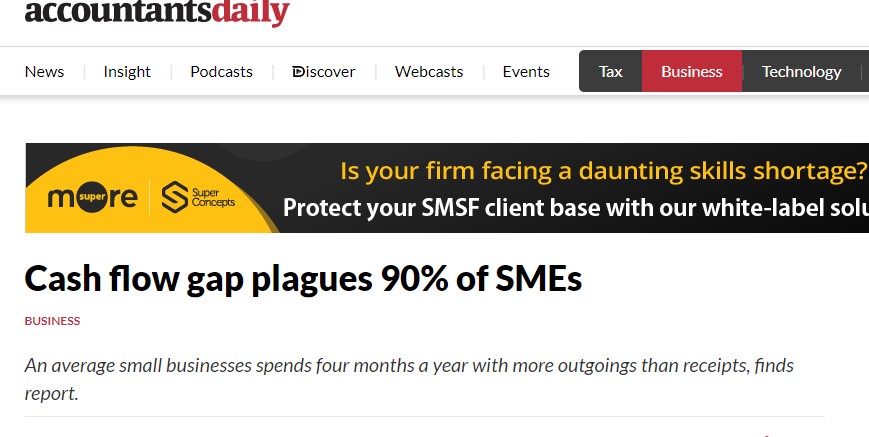Which Social Media Platforms Should Your Business Use?
You need to get your business noticed on social media platforms.
With more than half the world on social media, no business can ignore the importance of being online. Social media strengthens your connection to your target audience, builds a better brand reputation, and opens the door for new sales. Of course, it’s worth noting that there are a lot of social media platforms out there – and not all of them will be relevant to your company. Being successful with social media marketing isn’t about posting on every channel and hoping for the best. The key to success is finding the platforms that make sense to you. Here’s how you can decide which platform to use.
Create Your Buyer Personas First
You’ll have difficulty choosing the perfect social media platforms if you don’t know your audience or which channels they use. If you haven’t yet, create a user persona. A user or buyer persona is a document that outlines critical characteristics of your target audience, such as their age, where they live, and what they like or dislike. Getting a general idea of your customers will help you determine which social media platforms they will be most active on. For instance, if you’re trying to reach a younger Gen Z crowd , you might opt for TikTok. Professionals would probably pick a social media platform like LinkedIn.
Which Social Platform is Right?
Now that you have your user personas, you can assess some of the most popular social media channels. Remember, there are various options, but some of the most common are Facebook, Instagram, YouTube, Twitter, and LinkedIn. Here’s what you need to know about each platform to make your decision.
The most versatile of all social media platforms, Facebook appeals to people of all ages and backgrounds. If you can only pick one social platform to start on, this is likely to be it. You can post everything from live videos to informational content to attract customers. Even better, Facebook has super-advanced targeting tools that make connecting to your preferred customer much more accessible. The more you learn through your Facebook ads and analytics, the easier it will be to target your campaigns on other social platforms.
Twitter is ideal if you’re the kind of company that prefers to post snappy content or news-based insights. This is the location where many people go for industry news and updates. If you’re on the cutting edge in your sector, then Twitter could be an excellent place for you. It’s common among technology companies and innovators. Twitter is also the social media platform that popularised the “hashtag”, which we use in virtually all social media today. You can add hashtags to your post to improve your chances of being found by the right person.
This platform is the ultimate social channel for B2B companies. LinkedIn is the place to be if you’re trying to build a professional brand or situate yourself as a thought leader. You can share industry insights, connect with other professionals, and recruit new talent. LinkedIn is beneficial for networking and establishing your business as an authority in your field.### LinkedIn
LinkedIn is the top social network media platform for B2B companies. If you want to build a professional brand or become a thought leader, start here. This social media platform perfectly showcases your products and services to other professionals. Sharing industry insights, blog-style posts, and business updates is the norm on this platform. Therefore, you can also boost your chances of landing your dream job by asking for endorsements of your skills.
YouTube
YouTube is one of the most popular platforms globally. It’s ideal for creating video content for viewers everywhere. YouTube can give your business a voice. Consequently, You, as the small business owner, decide what to make videos about, whether it’s how-to guides or interviews with industry experts on complex topics. If you aim at a younger audience, you can use your YouTube videos to inspire shorter content on TikTok.
Instagram is built for visual content and focuses on creativity and beauty. It’s a great choice if your company has many attractive things to show, like an interior design brand, clothing line, or makeup artist. Like Twitter, you can use hashtags to attract the right audience and tag influencers. We noticed that Instagram is also a great place to interact with customers through new content types like reels, stories, and live videos.
TikTok
TikTok should be part of your social media strategy targeting Gen Z and younger. Designed for short attention spans, it allows videos of up to 3 minutes. Content on TikTok needs to be short, snappy, and attention-grabbing. It should get to the point quickly. TikTok is great for short promo videos or how-tos. However, this platform is trend-based, so you can use these trends to get your content seen by more people.
Choosing Your Social MediaPlatforms
Another key point is that you should research the channels and social media platforms and how they work before building your marketing plan. It is always worth studying. Get out there, get your business noticed, and help your business grow. Now, more than ever, small businesses need to get into the social media world and be noticed in our worsening economic climate. My suggestion is to start small. Facebook is a great start; grab your teenage daughter or son to lend a hand. Most of all, start, and you will be amazed at how easy it is!





























